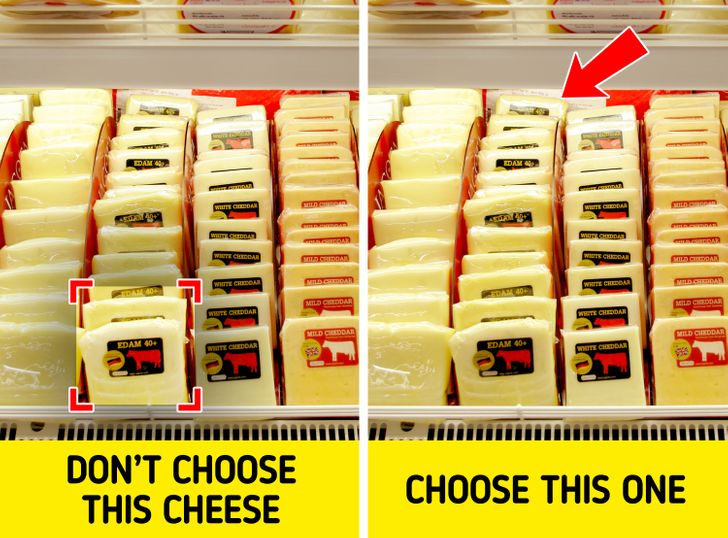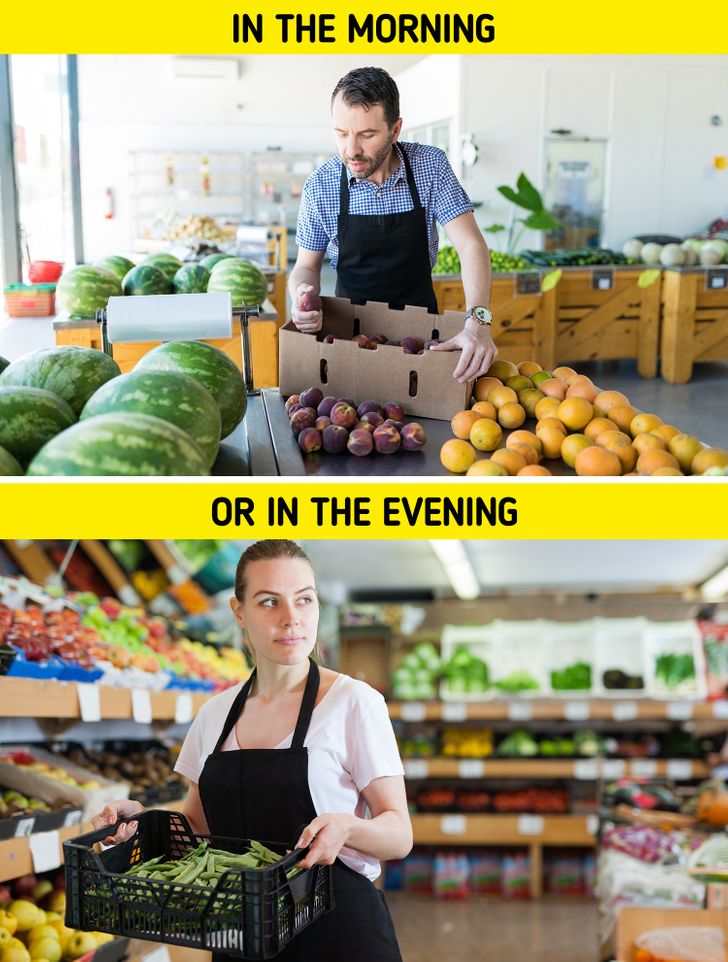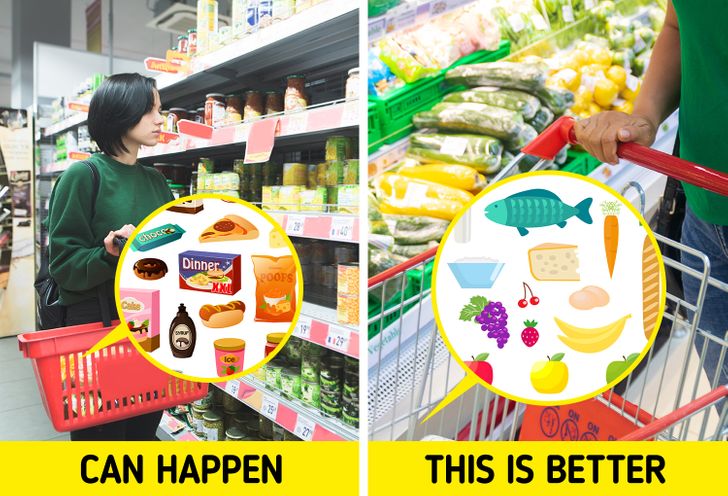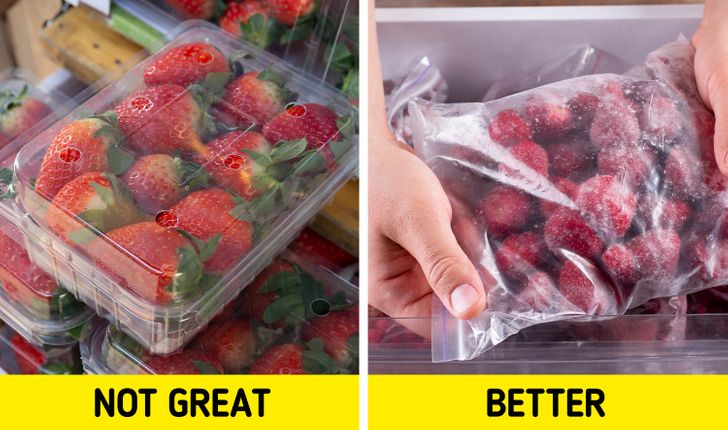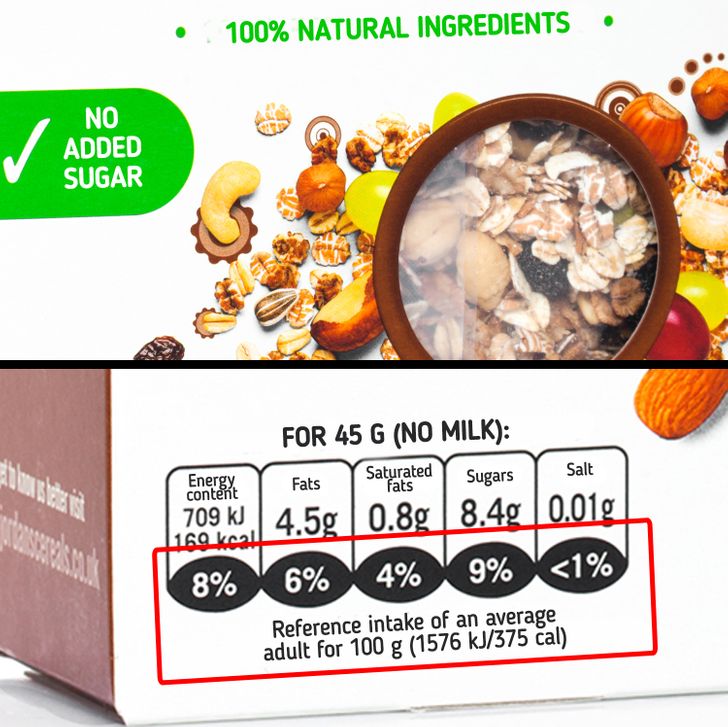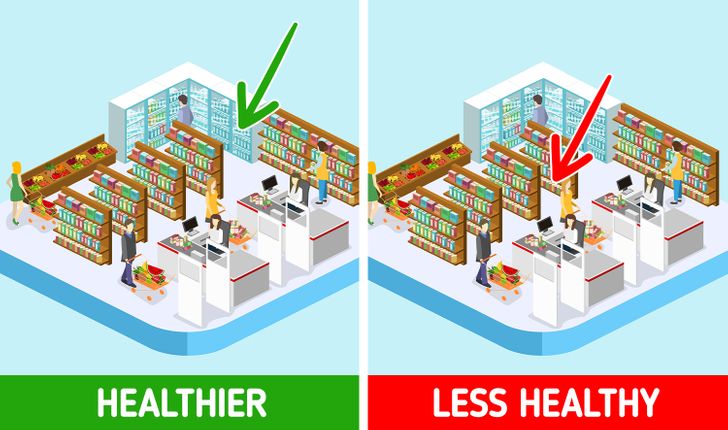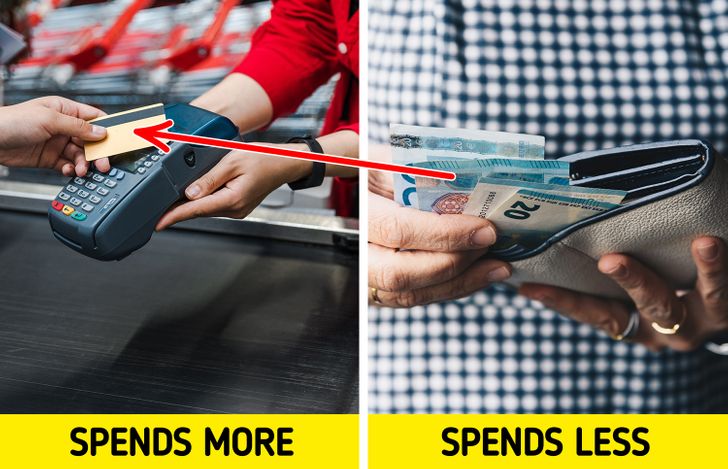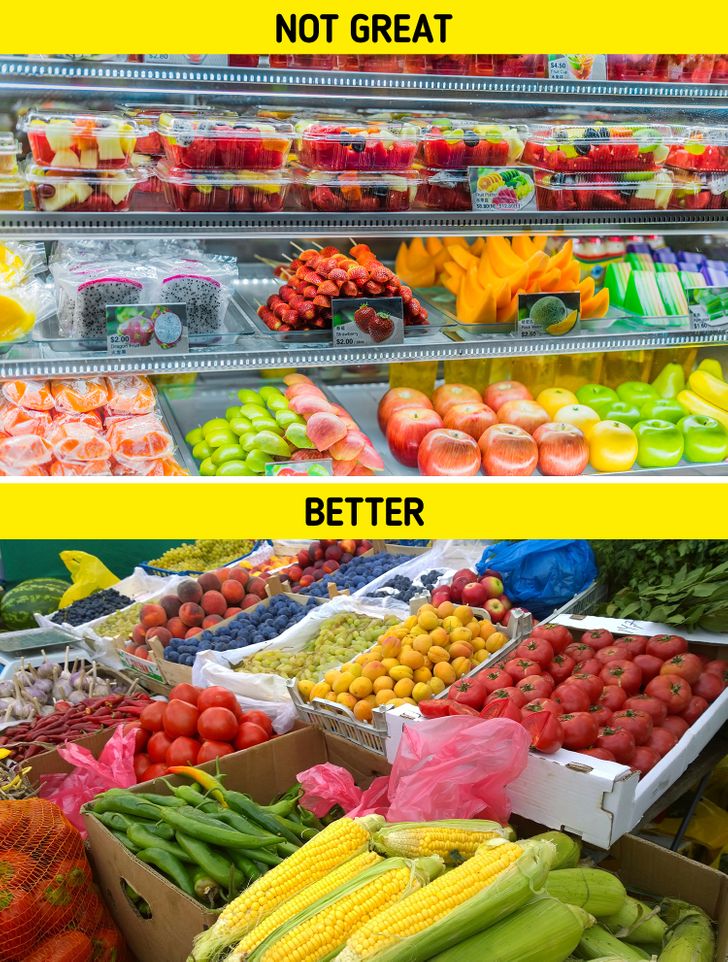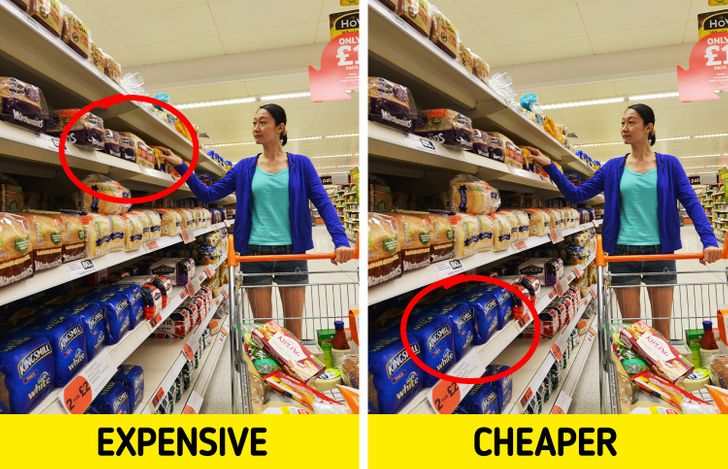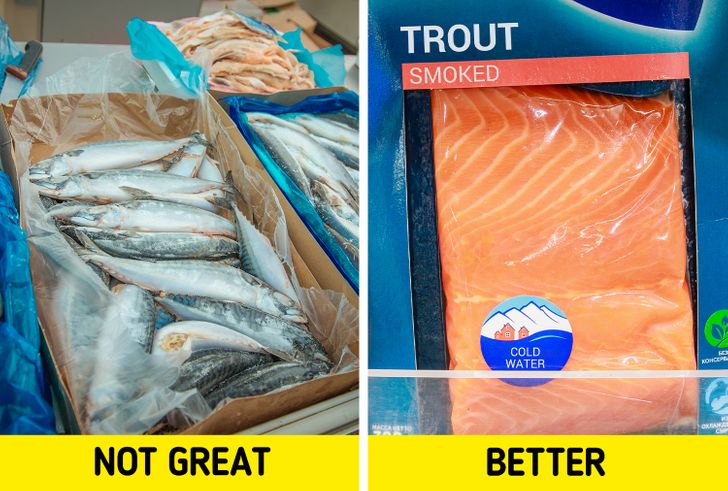l pick fresh seafoods first,their texture and taste are better 😋
10 Tips That’ll Keep You From Falling for Marketing Tricks at the Supermarket
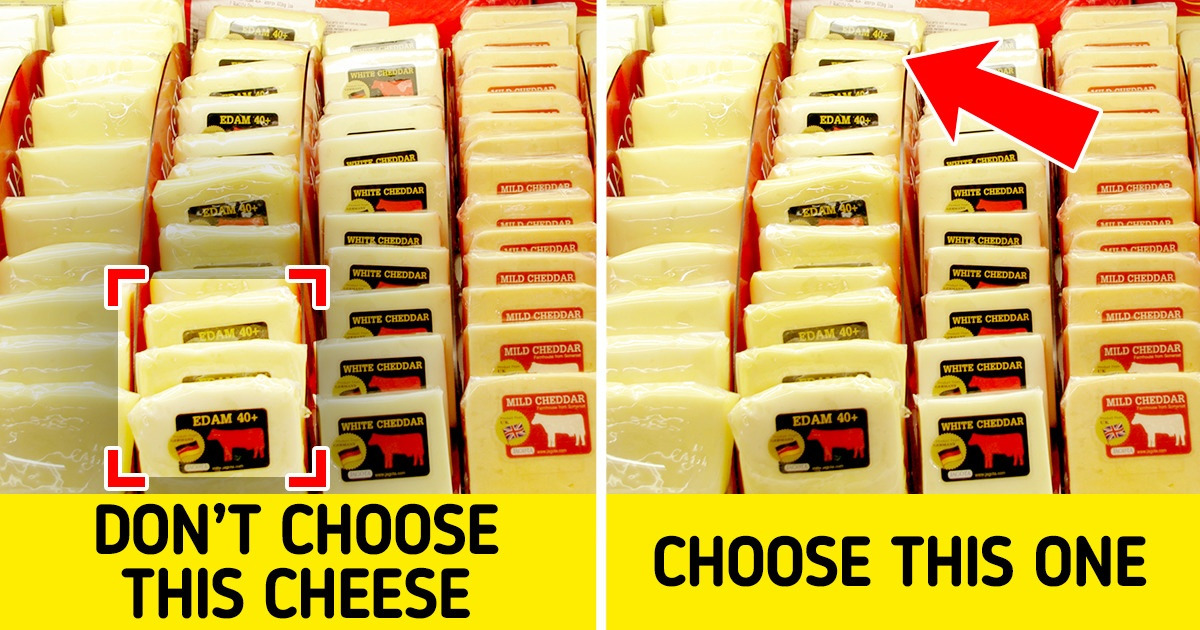
Going to the supermarket is probably a daily or weekly routine for everyone. For some, it is a pleasure, while for others it can be an annoying chore. Each person goes through it in their own way, and this also speaks to their personality and their way of life. Now, when you walk through a place like this, did you know that behind those shelves that are stocked full of food, there are strategic minds dedicated to trying to influence your decisions?
Bright Side compiled these 10 smart shopping tips that it now wants to share with you. Read to the end and you’ll be ready to dodge their marketing traps.
1. The last ones are the best.
The food storage system has a rule that retailers have to follow: whether it is fresh, frozen, or packaged food, items with earlier expiration dates are placed at the front, and those with later expiration dates are placed at the back of the shelf, which is more difficult to see. This is a way of ensuring that foods with the earliest expiration dates are sold first.
Therefore, when choosing dairy produce and other fresh foods, it is best to reach out and look for those that are “hidden” in the second, third, or fourth rows.
2. Products are fresher closer to opening and closing hours.
To find fresh fruits and vegetables, it is best to shop early in the morning or just before the store closes. These are usually the times in which stores get their deliveries. This is how we will find the most diversity and freshness in the products we are going to consume that same day or the next.
3. It’s better to use a cart instead of a basket.
You’ve probably read before that using a shopping basket at the store can help you avoid overspending, since, apparently, in this way, we would limit ourselves to buying only what we need. However, research shows that people who choose to shop with a basket are more likely to not only spend more but also to buy unhealthy products.
Apparently, the effort of carrying a basket makes us more likely to buy quickly and only what is in sight and within reach of our hands. In addition, there’s a very curious fact: the discomfort generated by the strain on the arm makes people more likely to choose items like candies, cookies, and snacks that give them instant gratification as a kind of compensation for their effort.
4. Frozen products are often the best option.
There is a widely held belief that fresh produce is always healthier than frozen; however, this is often not the case. Take out-of-season fruits, vegetables, grains, and even fish for example: they may have come a long way to reach the shelf where they are now displayed — seemingly fresh and healthy.
Often, foods are frozen at their peak of freshness. For example, berries begin to lose nutrients moments after they are picked, so freezing them as soon as they are picked is the best way to preserve all of their nutritional value. After reading the label and making sure that they do not contain sodium, sugar, or chemicals, we can rest assured that we are eating nutrient-rich food whenever we want.
5. Do not trust what the package says.
By law, beverages and packaged foods in the supermarket have to disclose the ingredients they contain. As a general rule, these are listed by weight, from most to least. This means that the most abundant ingredient will appear first on the list, and so on. So it is recommended that we ignore the marketing claims on the front of the box and simply check the nutritional information on the back. That’s where the truth is.
Claims like “reduced fat,” “no added sugar,” etc., may lead us to believe that we are buying a healthy product and that it will not make us gain weight. However, even “light” products can contain a significant amount of sugar or fat. Green and overly general claims do not equal 0 calories, 0 fat, and 0 cholesterol.
6. Shop around the perimeters of the store.
If you go to the grocery store when it’s busy enough you’ll notice that people will most likely be shopping in the aisles located in the center of the store. That’s actually where everyone spends most of their time. However, the place where we should be spending more time is around the perimeters of the store instead.
That is if what you want is to buy healthier food. The perimeter is where the freshest and least processed foods are located: fruits, vegetables, meats, dairy products, and bread. In contrast, most of the foods in the center aisles are processed foods. This means that they have chemicals that keep them stable and preserved outside of refrigerators.
7. Forget about cards.
A study published in the Journal of Consumer Research tracked the shopping habits of different households over a 6-month period of time and came to a conclusion that we may have already suspected: shoppers who pay cash not only spend significantly less on their grocery purchases — they also buy fewer processed foods and more nutritious items than those who opt for credit or debit.
8. Not all that glitters is gold.
Vegetables displayed on trays that are shiny, perfectly symmetrical, and precisely cut may be attractive to us, but, once again, in this case, we should not get carried away by appearances. The fact that they are displayed in this way may be due to the fact that they want to attract our attention. They may be inferior in quality or less fresh.
On the contrary, fresh and first-quality fruits are the ones that usually have more irregular shapes and slight imperfections. It is always best to be able to touch, smell, and look at them. So, let’s not be tempted, and let’s stay away from those that are on trays and seem to smile under the light of flashbulbs.
9. Looking down is a good option.
Where each item is placed in a supermarket is by no means random. Behind every shelf, there is a marketing expert who has planned the best way to draw attention to a product and divert it away from others. The main rule: “eye level is shopping level.” This means that products placed at eye level are likely to sell better.
If we look closely, it won’t take long to notice that the most expensive options are at that level, while cheaper or lesser-known brands will be higher or lower. But more expensive does not mean better quality, it simply means that the manufacturers of those expensive products have been able to pay the high price imposed on them by the supermarket in order to display them there and guarantee their sale.
10. Only buy vacuum-packed fish.
Experts in fish and seafood advise you to not buy them at the supermarket because they’re often not fresh. If you do buy fish there, do so only if it is vacuum-sealed. It is not recommended to buy fish or seafood packed in Styrofoam trays because it might not have been kept clean before distribution.
What do you take into account when shopping in a supermarket? Where do you stop the longest and which section is the first one you go through?
Comments
Related Reads
We’ve All Been There: 22 Photos Taken Right Before a Disaster

15+ Times Nature Knew How to Astonish Us

15 People Whose Fails Turned Into a Bunch of Laughter
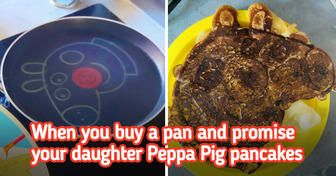
16 People Who Just Wanted to Spend Their Money but Their Expectations Turned Into Disappointment

25 People Who Upgraded Their Homes Without Emptying Out Their Wallets

I Got Fired the Day Before My Vacation—And HR’s Policy Was Their Biggest Mistake

12 Acts of Kindness That Made Someone See the Horrible Truth
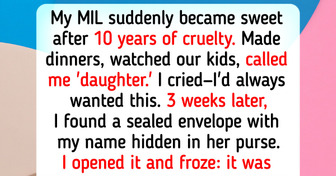
18 Stories That Prove a Cleaner’s Job Is About More Than Just Dusting

I Refuse to Keep Supporting My Daughter and Her 5 Kids for Free

14 People Who Walked Straight Into Awkward Moments

11 Stories That Prove Kindness Takes Just a Moment, but Lives On Forever

10 Honest Stories That Capture the Struggles and Pain of Blended Families

